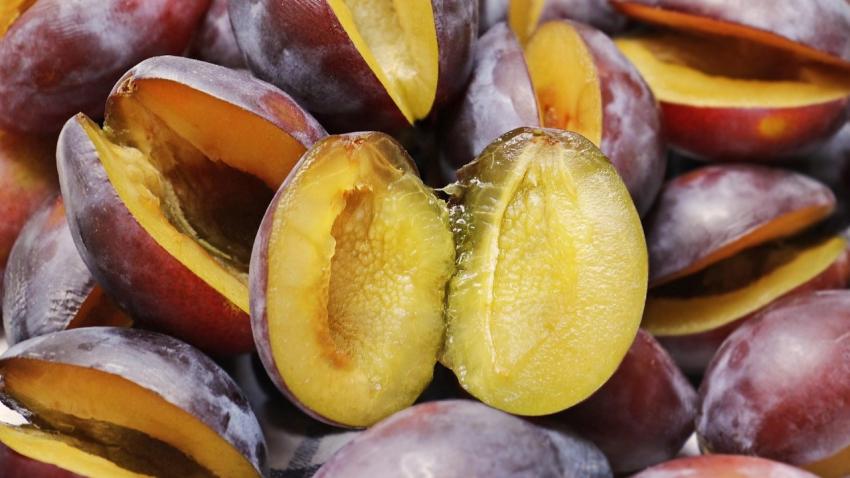You are here
Back to topChina’s Imports of Chilean Prunes Surge in First Half of 2023

Chilean prune shipments to China totaled 5,817 metric tons and $19.0 million in the first six months of 2023, up 278% and 270%, respectively, from the 1,540 metric tons and $5.14 million shipped over the same period of last year. This made China the primary overseas market for Chilean prunes in the first half of 2023.
Owing to this increase in shipments to the Chinese market, total exports of Chilean prunes in the first half of the year rose to 25,617 metric tons and $104.4 million, according to Chile’s Office of Agricultural Studies and Policies. This represents a growth of 35% in volume and 40% in value compared with the 18,991 metric tons and $74.4 million exported over the same period of 2022.
In the global ranking, China was followed by Germany and Mexico, both of which also saw higher import volumes and values in the first half of this year. The United States, which held the number one position in the first half of 2022, slipped to eighth place this year.
According to Pedro Acuña, executive director of Chileprunes, the industry entered the 2022 season with a low supply due to the previous year’s summer rains. The 2022 harvest was ample, however, allowing for a large stock in 2023. This year has seen particularly high numbers on account of the accumulated stock and a bumper harvest in 2023. Furthermore, this year’s fruit is larger than last year’s, noted Acuña.
With 12,550 hectares of plum trees planted, Chile has an annual production capacity of approximately 100,000 metric tons, of which two-thirds are processed into prunes. According to Chileprunes, the plums are dried then tenderized naturally before being packed in accordance with customer requirements for future sales.
Chileprunes is currently developing a sustainability standard for the Chilean prune industry, with applicable certification to be provided to the companies working in the sector. According to Acuña, the project consists of four stages: defining the standard, conducting audits, offering training and issuing certification. The standard review phase was completed in July, with the pilot version of the standard being the next item on the agenda. The project, which was officially launched in January, is estimated to take 28 months to complete.
Image: Pexels
This article was based on a Chinese article. Read the original article.















Add new comment